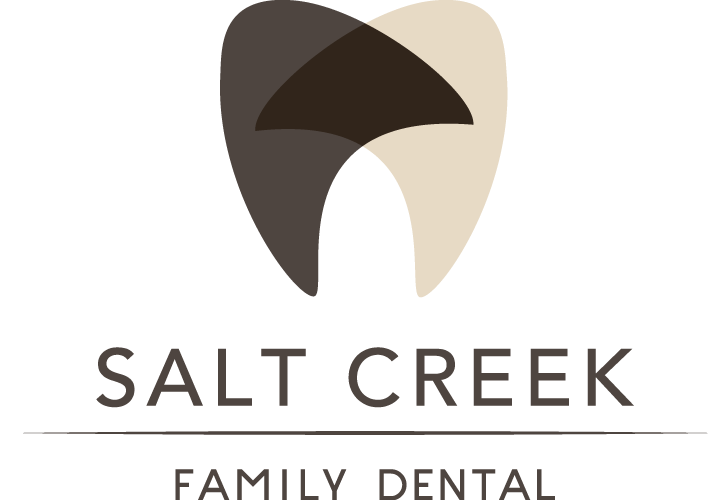Dental services
veneers
Teeth that are badly stained, shaped or crooked may be improved by applying a veneer to the tooth’s surface. Veneers are thin pieces of porcelain or plastic cemented over the front of your teeth to change their color or shape. Veneers are used on teeth with uneven surfaces or teeth that are chipped, discolored, oddly shaped, unevenly spaced or crooked. Veneers have a longer life expectancy and color stability than bonding, and highly resist permanent staining from coffee, tea or even cigarette smoking.
Veneers are made by a dental lab technician working from a model provided by your dentist. Veneers are usually irreversible because it’s necessary to remove a small amount of enamel from your teeth to accommodate the shell.
Typically, veneers include about three appointments for diagnosis and treatment planning, preparation and bonding. Little or no anesthesia is needed. During the tooth preparation visit, the teeth are lightly buffed to allow for the small added thickness of the veneer and sometimes about half a millimeter of the tooth is removed (requiring a local anesthetic). During the same visit, a mold is taken of the teeth, and sent to the laboratory for the fabrication of the veneers.
During the bonding visit, the veneers are placed on the tooth surface with water or glycerin on the teeth to check their fit and color. Once a special cement is sandwiched between the veneer and tooth, a polymerization light is used to harden the cement. During a two-week period of adjustment that follows, you may notice the change of size and shape in your teeth. It’s important to brush and floss daily. After one or two weeks, you`ll return for a follow-up appointment.


